On Wednesday, April 23, La Salle students from science teacher Mr. Ryan Kain’s Anatomy & Physiology elective and STEAM Department Chair Ms. Carie Coleman’s AP Biology class traveled to Providence Willamette Falls Medical Center to view an open heart surgery — specifically an aortic valve replacement — through a program called cardio watch.
Providence has various different “watches,” such as cardio watch, ortho watch, and neuro watch, which allow students to see surgical procedures in a separate room from where they take place. A camera crew is positioned in the operating room, allowing a physician’s assistant to explain on the livestream what is going on for viewers. Mr. Kain said this year, they were lucky to have the same surgeon, nurse, and physician’s assistant as last year.
La Salle students and chaperones met at the auditorium around 6:45 a.m. and sat in a mini theater with a couple of Providence employees. Since the program is expanding, this year La Salle students were viewing the surgery at a location fully removed from Providence instead of being in the viewing theater at the hospital where Mr. Kain had been every other time.
Although he likes that the program is expanding and is glad to get the opportunity to view it, there are still some drawbacks to the separate location.
“You’re a degree of separation further away, which as marvelous as a heart surgery is, and how awe inspiring it is, you feel that,” Mr. Kain said. “But still the other option is you don’t get to do it.”
According to Mr. Kain, deciding who attended the surgery this year was a much smoother process than last year. While last year, there were so many students who wanted to go that he had to use a lottery system. This time, they had enough spots for everyone in Anatomy & Physiology who was interested along with some extra for students in AP Biology.
Senior Branden Sasamoto, a member of both classes, was one of the students who attended, motivated by a desire to see a surgery after learning about the human body in his science electives.
“I just wanted to see stuff in action,” he said. “When you’re in high school, you’re probably not going to see a lot of that stuff.”
Currently interested in pursuing biology in college, Sasamoto said he is considering a career in medical research rather than as a physician. Something that surprised him about the surgery was how quickly it was done, and it was interesting for him to see how many surgeons were there, all with different jobs.
“They were also trying to get more people into studying medicine or surgery,” he said. “One of the surgeons, after the surgery, went to the live stream to talk to everybody about his pathway to becoming a surgeon.”
Another thing that interested Sasamoto was seeing the heart during the surgery.
“It’s like jumping around,” he said. “I thought it would be just in place.”
In Anatomy & Physiology, Sasamoto enjoys learning about how the human bodies work at a cellular level, and thinks the content from the course connects very well to what he is learning in AP Biology.
Senior Dayanara Day also attended the heart surgery. In the future, Day hopes to be a forensic scientist and work at crime scenes, planning to pursue this interest through a major in chemistry and minor in forensics at Oregon State University. She thought the heart surgery was interesting and she was able to connect her knowledge from class to what she was seeing.
“A lot of what we learn in A&P is ‘what is the thing and how does it work?’ and we only see 2D models,” she said. “I really wanted to take the opportunity of seeing an open heart surgery because not many people get to see that.”
Seeing how hard it would be to be a surgeon, according to Day, was a big part of what she took away from the experience.
“[To] wake up and perform a surgery on a live person and having that life in your hands,” she said. “One of my favorite parts was when the surgeon opened the chest, just seeing the heart beating.”
Something she learned from the surgeon was to keep trying and not give up, even though medical professions can require many years of schooling, and she would recommend the surgery viewing “if you’re not squeamish,” she said.
This sentiment was echoed by Mr. Kain, who also recommends the surgery since it is a rare opportunity, but warns that it can be intense.
“There was a visceral feeling in the room when the rib cage was being cranked open,” Mr. Kain said. “You think ‘heart surgery’ and your brain immediately goes to ‘Okay I’m going to see this heart,’ but you forget all of the nuances of getting to the heart and then once you get to the heart, you’ve got to put the body back together.”
Despite this though, Mr. Kain hoped students heard the words the surgeon told viewers of the surgery.
“He had the same message last year as he did this year, he was like ‘I hope you all recognize the opportunity that you’re provided, this is a really cool thing that we get to do.’” he said. “If you want to be somebody who works in this space, you’ve got to take advantage of your opportunities.”
Regardless of what career the students might go into, he hopes they know that “really cool things happen to those who put in the work to get to the point where really cool things happen.”



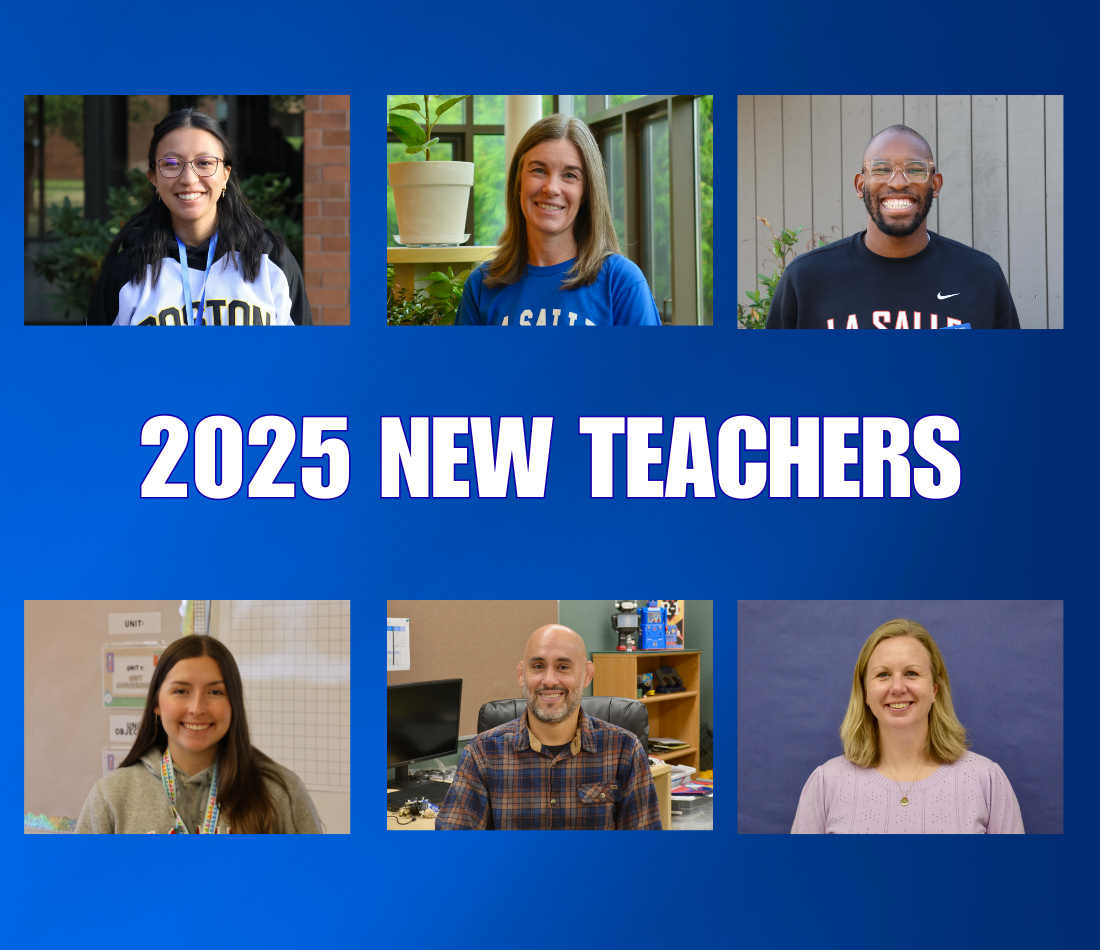

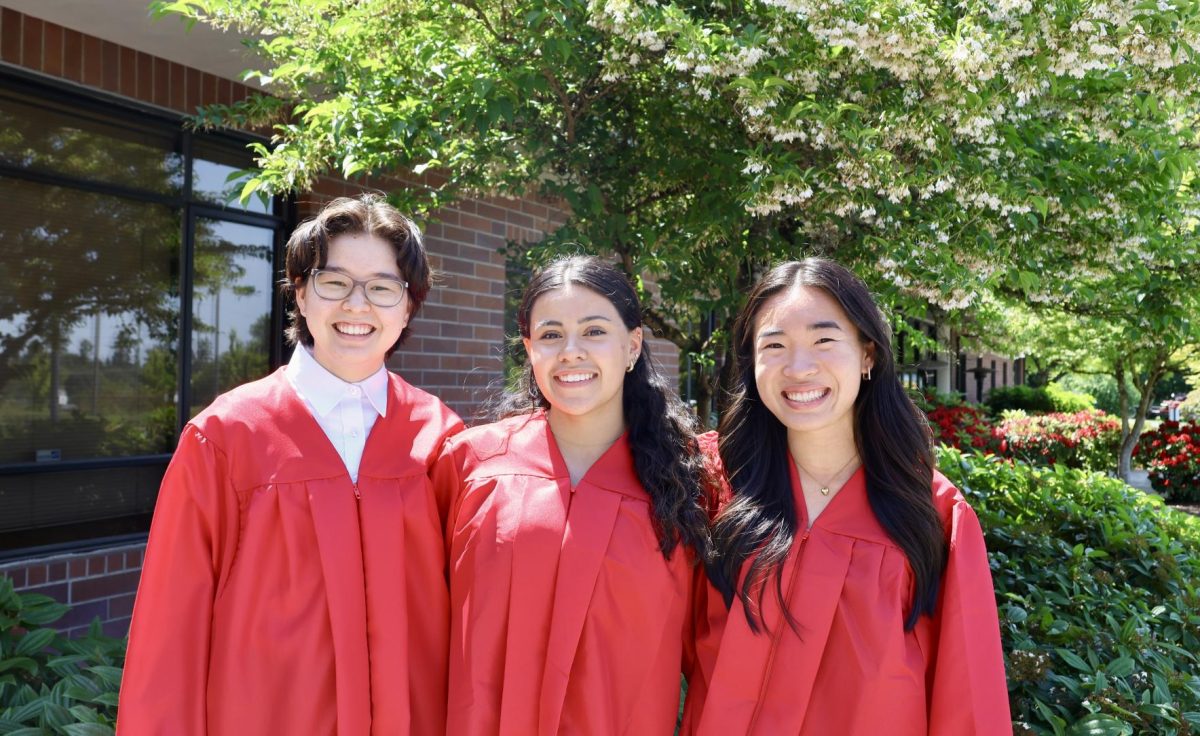
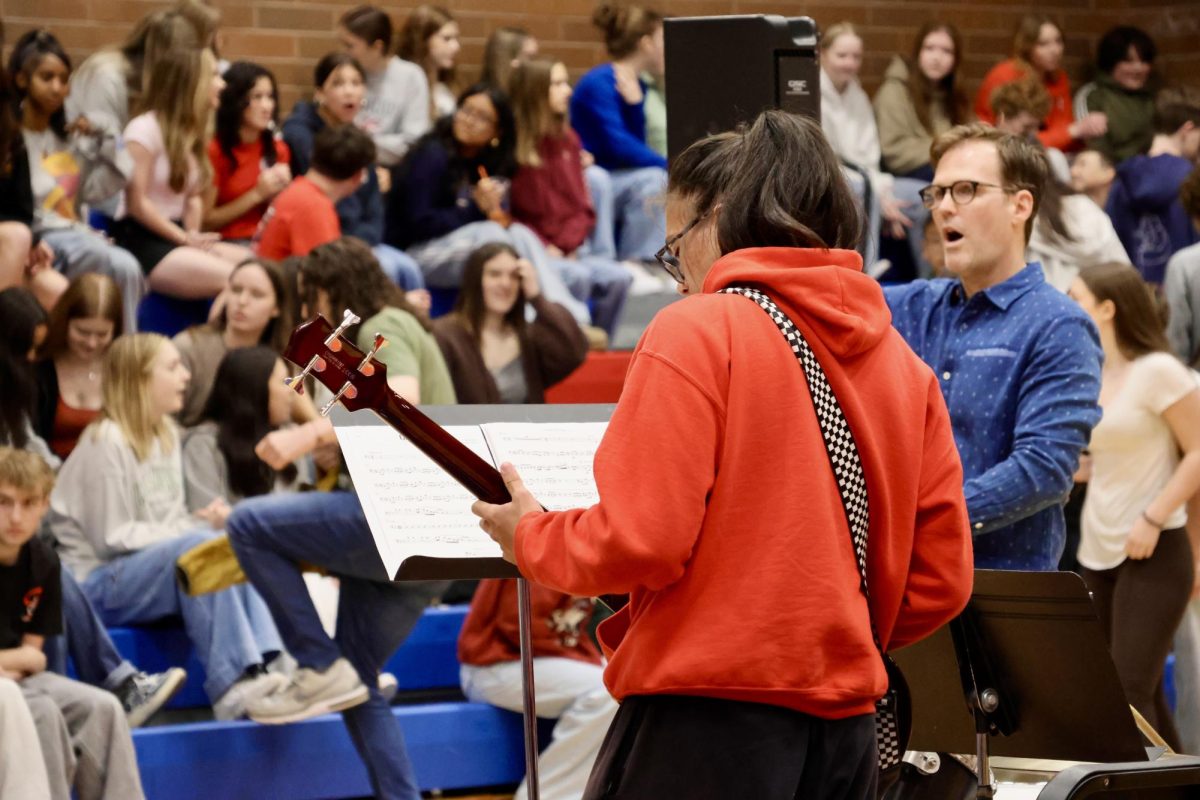
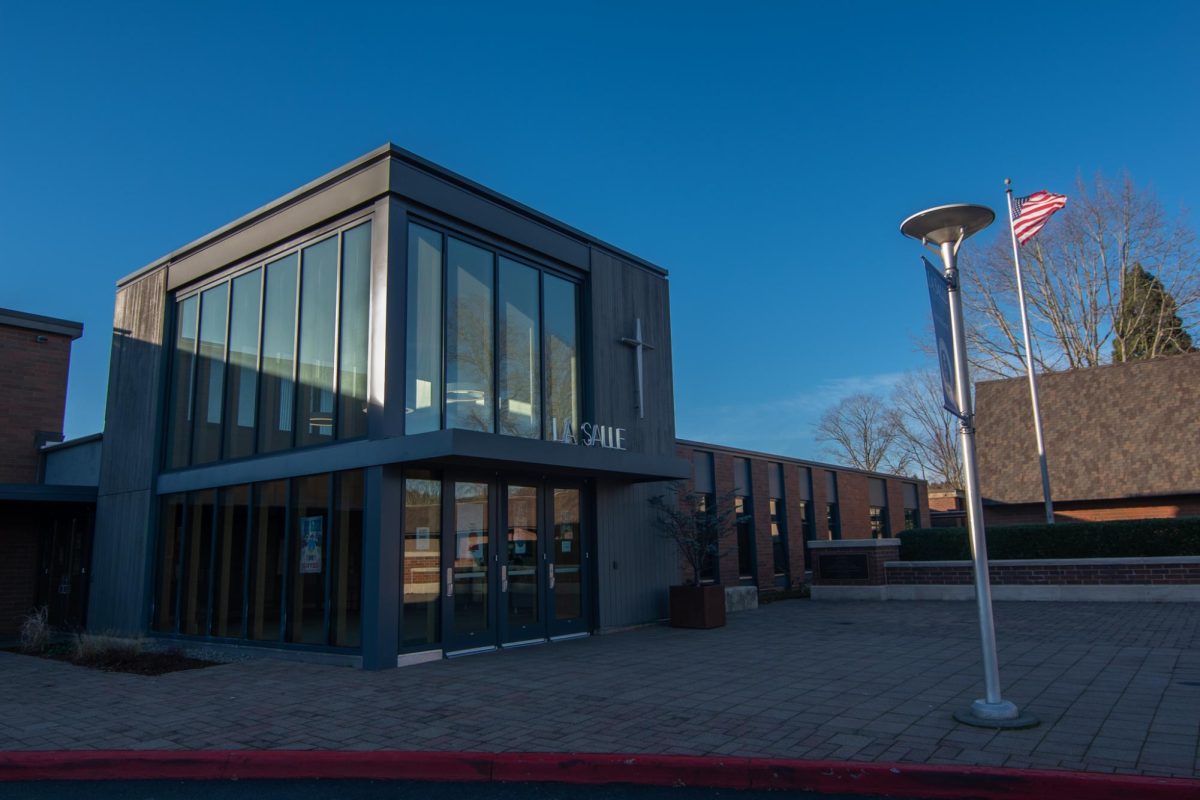
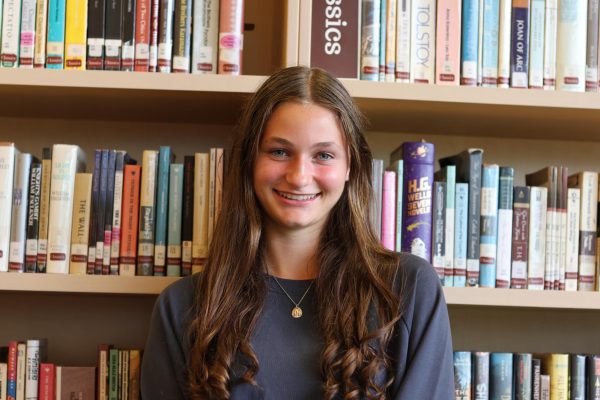
Chris Babinec • May 16, 2025 at 8:45 am
What an opportunity! Undoubtedly, students and observers alike would have been inspired by the surgery and respect for the bodies we live in!